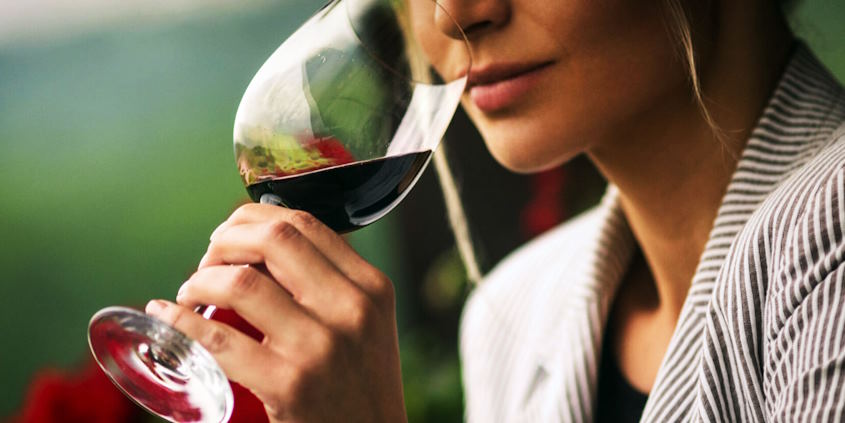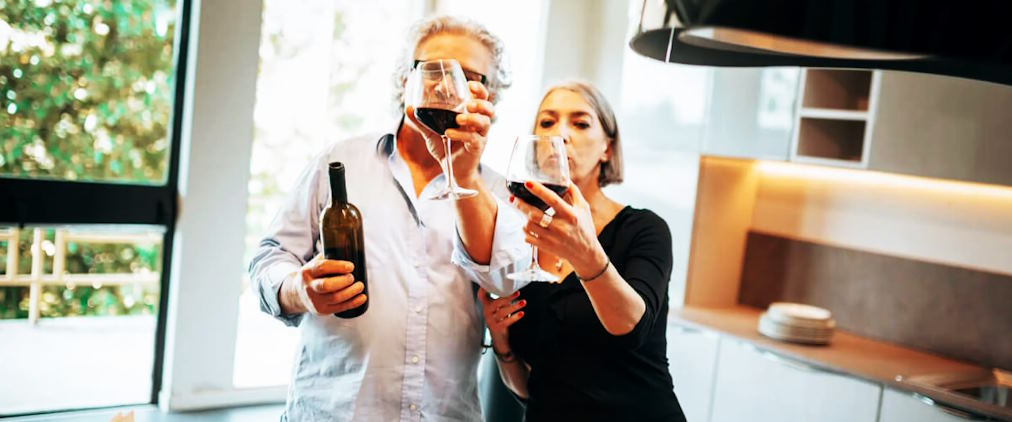Wine-tasting events offer a unique opportunity to explore the world of wine, appreciate its complexities, and deepen your understanding of different varietals and styles. Whether you’re a seasoned oenophile or a novice wine enthusiast, hosting a sophisticated and educational tasting event allows you to discover new flavors, sharpen your palate, and enjoy good company.
Selecting the Wines
The first step in hosting a wine-tasting event is selecting the wines you’ll be tasting. Choose a theme or focus for your tasting, such as wines from a specific region, varietals from a particular grape, or wines that pair well with certain foods. Consider selecting wines to provide diversity and interest, including reds, whites, and perhaps a sparkling or dessert wine for a sweet finish. Aim for a balance of familiar favorites and lesser-known gems to encourage exploration and discovery among your guests.
Setting the Scene
Creating the right ambiance is crucial for setting the tone of your wine-tasting event. Choose a venue conducive to tasting, such as a spacious dining room, outdoor patio, or cozy living room with ample seating. Set up a designated tasting area with a table or countertop where guests can sample the wines and take notes. Arrange tasting glasses, water glasses, and spittoons in an organized manner to facilitate the tasting process.

Understanding the Tasting Process
Before diving into the tasting
- Take a moment to familiarize yourself and your guests with the tasting process.
- Start by inspecting the appearance of each wine, noting its color, clarity, and viscosity.
- Move on to the aroma. Swirl the wine in your glass to release its bouquet and note any aromas you detect, such as fruit, floral, or spice notes.
- Taste the wine, taking a small sip and allowing it to coat your palate before evaluating its flavor profile, acidity, tannins, and finish.
- Encourage guests to share their observations and impressions, fostering discussion and collaboration as you explore each wine.
Pairing Wine with Food
- Consider pairing the wines with complementary foods that highlight their flavors and characteristics.
- Choose a selection of artisanal cheeses, charcuterie, fruits, nuts, and other appetizers that pair well with the wines you’ll be tasting.
- Offer a variety of flavors, textures, and intensities to provide contrast and balance to the wines.
- Provide tasting notes or pairing suggestions to guide guests as they sample each wine and experiment with different flavor combinations.
- Encourage guests to take their time, savoring each bite and sip as they explore the nuances of wine and food pairing.



